|
Lymph massage has been around for 1000s of years across the globe, fom rasa dhatu cleansing in Ayurveda to the art of gua sha in Chinese Medicine, to Manual Lymph Drainage (MLD) developed by Emil Vodder in the 1930s. What do all of these techniques have in common? The facilitation of lymph drainage! Lymph, derived from the Latin word for water, is literally just that - our internal waters that flow through our entire being. You can think of the lymphatic system like a series of rivers & tributaries, clearing waste and facilitating the movement of resources. When that water gets bogged down with waste products and is unable to move, issues inevitably arise. We support the facile movement of lymph through our diet & lifestyle (we really get into this in our Dump the Detox course!), but lymphatic massage techniques can also facilitate the process! I've created my own little lymphatic massage routine for my face. It takes less than 5 minutes and I can really tell a difference before and after! I've pulled from 3 different healing traditions here by using: -An Ayurvedic Beauty Balm by Banyan Botanicals as my oil/balm source. As someone who runs on the dry side, the saturated fat base of ghee + coconut oil plus the infusion of enriching roots like Shatavari really improves the quality of my skin. (Use THIS link and code HERBGIRLS15 for 15% off) -A gua sha rose quartz stone gifted to me by my lovely business partner, Amy Wright. You can also use your hand or the edge of a spoon, but I do love the feel of a cold stone gliding across my face! -Techniques from the Book of Lymph, by Lisa Levitt Gainsley. I found this book very helpful in better understanding the function and flow of lymph in the body, and have incorporated some of her motions at the start and finish of my routine. Directions for Simple 5 Minute Facial Gua Sha RoutineRepeat every motion 10x
Booby Lymph Massage Addendum This routine is for you if you are someone whose boobs get sore the week before your cycle. When our liver is burdened, our lymph will get backed up, too. We often feel this in our boobs because so many lymph nodes live here! If estrogen can't be deconjugated and broken down properly, the build-up can aggravate smooth and seamless lymph flow. I have found that doing this routine daily the week before my period has dramatically reduced my booby tenderness! You can find the full routine in the Book of Lymph - I just pulled out the sections I especially like! Repeat every motion 10x
Tips:1. Don’t press too firmly or too lightly. The pressure is equivalent to removing shaving cream completely from your skin - firm enough that it clears away but not so hard that you are pressing into the muscle (then your routine will turn into a muscular massage rather than draining the lymph which runs just superficial to the muscle) 2. For each movement contouring your face - steps 4,5, & 7 - you always want to move inward to UP and outward, so the final placement of your tool will be a bit higher than the starting point, creating an element of “lift” as you both drain your lymph and train your face to work against heaviness and gravity. 3. At the end of each movement, it’s a nice practice to press and wiggle the tool lightly. This assures you are really helping move the lymph away from your face so it can drain into nodes and be cleared. 4. A cold gua sha stone is my favorite tool for this practice, but the edge of a spoon or blade edge of your hand will also do the job. Place your gua sha stone in the fridge or freezer 10 minutes before your routine to really target puffiness and tiredness in the face. 5. STAY hydrated! Lymph is our body’s internal drainage system and needs ample fluid to flow - especially if we are actively detoxing from something. To keep that river flowing, we need to stay hydrated. Aim for ½ your body weight in fl.oz a day. The quality of your water is also of utmost importance. If we are drinking water straight from the tap, that water is *most likely* already filled with numerous toxins and compounds that our lymph will also have to detox and drain. So make it easy on yourself and invest in a GOOD water filtration system. In our opinion, nothing gets better than LivePristine. It’s worth the investment. Next best option would be a Berkey.
We don't have babies yet, but we have many in our community carrying on the incredible role of being a mother. While having children is a gift, it certainly comes with its struggles of the body and mind. That's why we created this tea - to nurture the mother after delivery, supporting her physical and emotional body. Postpartum is a speck of time unlike any other, and with this tea we hope to augment the good and celebrate the creation of life! Read on to learn more about the herbs in Post-partea! * ***BONUS: this tea will nourish expecting mothers, too! All the herbs in Post-Partea are Class 1, meaning herbs that can be safely consumed with no identified concerns during pregnancy or nursing. Lemon balm, Melissa officinalis, Lamiaceae
This lemon-y mint is indicated for those feeling weary and depressed - it is the ultimate, delightful antidote to that gloom-and-doom sort of depression that sometimes eclipses a new mother after going through such an incredible (yet exhausting!) experience. Lemon balm uplifts and revitalizes. As an antispasmodic and analgesic, she eases physical aches and pains while her nervine, anti-depressant properties tend to emotional pains. Lemon Balm has been used successfully in clinical trials to ease postpartum mother pains. Tulsi, Ocimum sanctum, Lamiaceae Progesterone drops after pregnancy, as does the sense of joy and meaning that high levels of this hormone provide. This drastic change in mood as hormones recalibrate is so common it even has a name - the baby blues - leaving new mothers especially emotional and sensitive. Fortunately, nervines like Holy Basil remedy this situation by nourishing the nervous and endocrine systems. Tulsi is also an adaptogen, enhancing your body’s ability to handle stress - something every postpartum mom can use. Oatstraw, Avena sativa, Poaceae A gentle, restorative tonic perfect for nursing mothers who need added vitamins and minerals to support their transition to motherhood. Drunk regularly, Oatstraw rebuilds tissue - particularly of the nervous system - and supports total body health. Hawthorne, Cratageus spp., Rosaceae This multi-faceted herbs tends to both the emotional and physical heart. Compounds in Hawthorne literally strengthen the heart muscles while its nervine properties build up emotional resolve. Hawthorne leaf, berry, and flower are tonics to the cardiovascular system, intended to be drunk regularly for gradual, inevitable improvement. When we improve our cardiac function, we improve blood flow and therefore nourishment and rejuvenation to the entire body. What's in RALLY?Herbalism is all about the balancing energetics of herbs to meet the needs of the person taking them. A person with a hot constitution taking a heating herb daily because they heard it might be good for them isn't going to do much good at all (stay tuned for a post on understanding your constitution later!). Well-balanced formulas, like the blends we create, are geared towards meeting the needs of the general population. RALLY is a blend we've been tinkering with for a while. As expert coffee drinkers and bonified herb nerds, we experiment with putting herbs in our coffee on the regular. In time, we found the perfect formula of nutty, sweet roots, simultaneously uplifting and calming adaptogens, and flavorful digestive aids to make for an unforgettable cup of coffee. Adding RALLY to our coffee has elevated a mundane daily routine into a morning ritual with the power to sustain all day long. I even carry a little jar of it in my purse to top of my coffee when I'm out and about. The Herbs in RALLYAdaptogensShatavari, Asparagus racemosus A sweet, slightly bitter, warming and moistening root used as a medicinal food in Ayurveda, the traditional medicine of India. It soothes the lining of your entire gastrointestinal tract, reinvigorates dried tissue, enhances your ability to respond to stress, and supports immunity. It is also a well-known aphrodisiac. Red Reishi, Ganoderma lucidum A cherished heart and immune tonic in Traditional Chinese Medicine. It is fondly called the "Mushroom of Immortality" for its restorative qualities. Reishi is slightly sweet, bitter, pungent, and warming. It is an effective antioxidant and immune tonic, increasing or decreasing immune response depending on the individual (amphoteric). It supports healthy blood composition and nourishes the liver. Ashwagandha, Withania somnifera A slightly bitter, warm, and drying root used as a medicinal food in Ayurveda. It calms while also enhancing focus and mental and physical performance. Affectionately called "Sweat of the Stallion", it is known to invigorate and balance hormones. It's also a nerve calming nervine and immune-amphoteric. NutritivesDandelion, Taraxacum officinale Dandelion root has been used for ages to improves digestion from the stomach to colon. It is another Aster family plant rich with prebiotics that feed healthy gut flora. Dandelion root is a liver and gallbladder tonic, improving the quality of bile for better fat digestion and enhancing detoxification pathways. Chicory, Intybus cichorium A sweet, bitter, warming, and nutritious native root once used as a coffee supplement. As an Aster, Chicory is a prebiotic rich with inulin which feeds good gut flora. Chicory is known to enhance digestion and colon health. It is also known to support healthy blood composition. Digestive, Flavorful SpicesCeylon Cinnamon, Cinnamomum verum A sweet, bitter, warm, and nutritive spice. It is a well-known blood sugar stabilizer, circulatory tonic, and respiratory health agent. It soothes the entire gastrointestinal tract. Cardamom, Elettaria cardamomum An aromatic, warm, and drying spice traditionally added to coffee in Ayurveda. It is carminative (dispels gas), alleviates stagnation throughout the body, and freshens breath. How to Drink RALLYThe beauty of adding balanced adaptogens, blood-sugar stabilizers, and digestive aids to your coffee is threefold: 1. Your energy is sustained all day - by nourishing your adrenals, those tiny glands taxed with the huge responsibility of generating stress hormones, adaptogens can keep you from meeting that dreaded 3 o'clock crash. Blood-sugar stabilizers slow down the sometimes topsy turvy effects of caffeine. Drinking RALLY coffee with a fat also sustains the energy high much longer than drinking coffee straight. 2.RALLY may reduces the common ill effects of coffee-drinking like indigestion, reflux, and jitters - Our digestive herbs like Dandelion, Chicory, and Cardamom support digestion and foster an environment of good gut flora - soooo essential for overall health. 3. It's easy! You don't have to go out of your way to incorporate powerful, immune-boosting, stress-relieving herbs into your busy life - simply add a small scoop of RALLY to your morning cup!* Recipe for the Ultimate RALLY Cup of Coffee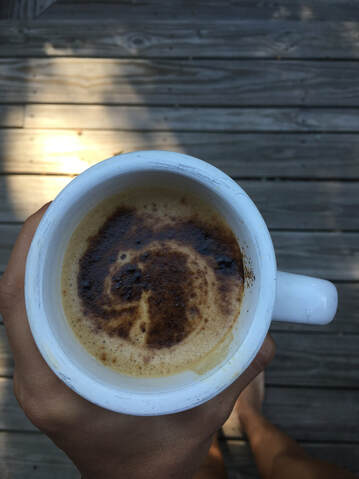 1. We like to choose a darker roast - both for the taste and smaller amount of caffeine. 2. Always use 100% Arabica, shade-grown beans. Not only do they taste better, but shade-grown mimics the natural way coffee grows beneath the forest canopy. 3. Try to pair your coffee with a fat like coconut oil, grass-fed butter ghee, or cream. The fat not only unlocks some of the constituents in the herbs but also slows the absorption of caffeine and mitigates the "acid-stomach" feeling some coffee-drinkers experience. You can go a step beyond and add a scoop of collagen for an added creamy, protein punch. 4. Mix 1/2 tsp RALLY, 1 scoop collagen, and a 1/2 tsp coconut oil and/or splash of your favorite creamer into 1 cup of hot coffee. Blend for a few seconds in a blender or use the incredible hand frother to incorporate the fat and herbs into your coffee. Sip slowly and enjoy thoroughly! * Adaptogens are described as tonic herbs, meaning they work best when taken regularly as the benefits slowly build over time. It is wise to discontinue any tonic herb routine when dealing with an acute infection - shifting the focus to acute herbs like diaphoretics and antivirals! Resources
Panossian, A. G. (2003). Adaptogens: tonic herbs for fatigue and stress. Alternative & Complementary Therapies, 9(6), 327-331. Wagner, H., Nörr, H., & Winterhoff, H. (1994). Plant adaptogens. Phytomedicine, 1(1), 63-76. Winston, D., & Maimes, S. (2007). Adaptogens: herbs for strength, stamina, and stress relief. Inner Traditions/Bear & Co. Developing a Healthy Relationship with the SunSunscreen, sunblock, SPF, UVA, UVB… we’re all too familiar with these summer-time terms and yet they perplex us all the same. Is SPF 50 really that much better than SPF 45? And how do they calculate those numbers anyways? Why does it burn when I rub it into my face, and how often should I reapply? Yes, we want to protect our skin from excessive exposure, but it is only natural to seek the sun after a winter filled with cold and clouds. And of course, most can’t deny the desire for that sun-kissed, summertime glow. But that’s just it: sun-kissed has become equated to cancer-kissed in the modern world. We are scared to go outside and rightfully so: study after study confirm that the sun is determined to fry us to a crisp and turn all our skin cells against us. And now there’s all this talk of sunscreens actually causing cancer and destroying coral reefs. Interestingly, even though there are more sunscreens and media coverage than ever before, cases of malignant melanoma are rising every year, representing a 200% increase from 1975 to 2013¹. How could this be if our awareness and product access is better than ever? Well, the answer is complex, but here are some key points:
In a nutshell, UVA and UVB represent different wavelengths. UVB is highest around solar noon (11 am- 2 pm) and is critical for Vitamin D absorption. UVA rays are much more intense, seeping deeper into your skin cells and causing more free radical damage. UVA is also present all hours of the day whereas UVB is low in morning and afternoon 6.
While supplements exist and offer some benefit, the most efficient and effective way to absorb Vitamin D is through direct sun exposure- 15-25 minutes a day, especially during the sun-rich spring and summer months around noon (remember this is when beneficial UVB is at its highest!). The more skin exposed the better! Our body stores up Vitamin D during the warm months to use all year long. This partially explains why many of us come down with the flu or other viral and bacterial infections in the late winter months; our bodies Vitamin D stores have dropped to their lowest point. The darker your skin, the more time you will need in the sun. You can always get your Vitamin D levels checked- 40 ng/ml is minimum; 50-70 ng/ml is ideal 6. As a supplement during the dark days of winter, we like Bio-emulsified Vitamin D by Biotics.
Our Responsible Sun-lover TIPS
Prioritize your body’s largest organ this summer season. Practice responsible sun exposure, hydrate, eat right, protect, and rejoice the wonders of the sun! Resources
1 Melanoma of the Skin - SEER Stat Fact Sheets. (2016). Seer.cancer.gov. Retrieved 30 May 2016 2 NTP Board of Scientific Counselors Report on Carcinogens Subcommittee Report on Carcinogens Background Document for Broad-Spectrum Ultraviolet (UV) Ra 3 Planta, M. (2011). Sunscreen and Melanoma: Is Our Prevention Message Correct?. The Journal Of The American Board Of Family Medicine, 24(6), 735-739. 4 Carina Storrs, S. (2016). Many sunscreens have lower SPF than labels claim. CNN. Retrieved 30 May 2019 5 NTP Board of Scientific Counselors Report on Carcinogens Subcommittee Report on Carcinogens Background Document for Broad-Spectrum Ultraviolet (UV) Ra 6 Mercola, J. (2011). Sun Can Actually Help Protect You Against Skin Cancer. Retrieved 3 May 2019 7. Grant, W. B., & Holick, M. F. (2005). Benefits and requirements of vitamin D for optimal health: a review. Altern Med Rev, 10(2), 94-111. 8. Coronado, M., De Haro, H., Deng, X., Rempel, M. A., Lavado, R., & Schlenk, D. (2008). Estrogenic activity and reproductive effects of the UV-filter oxybenzone (2-hydroxy-4-methoxyphenyl-methanone) in fish. Aquatic Toxicology, 90(3), 182-187. 9. Rosebrook, J. (2017) The Best Sunscreen - Understanding Zinc Oxide SPF And The Nutrient Day Cream. Retrieved 5 May 2018 10. EWG (2017).The Problem With Vitamin A, https://www.ewg.org/sunscreen/report/references/ Retrieved. 5 May, 2019 |
Eileen Brantley & Amy WrightWe are Herb Girls Athens, LLC. Read our blog! Archives
November 2022
Categories
All
|
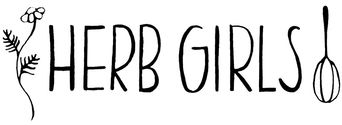
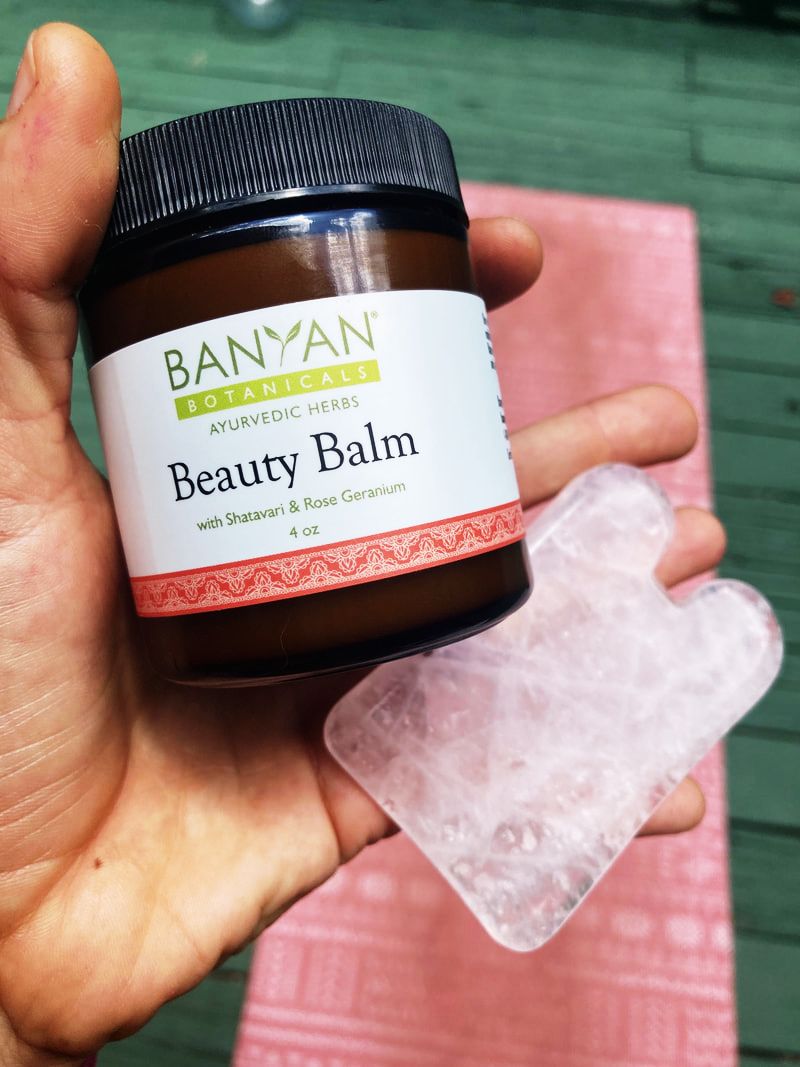
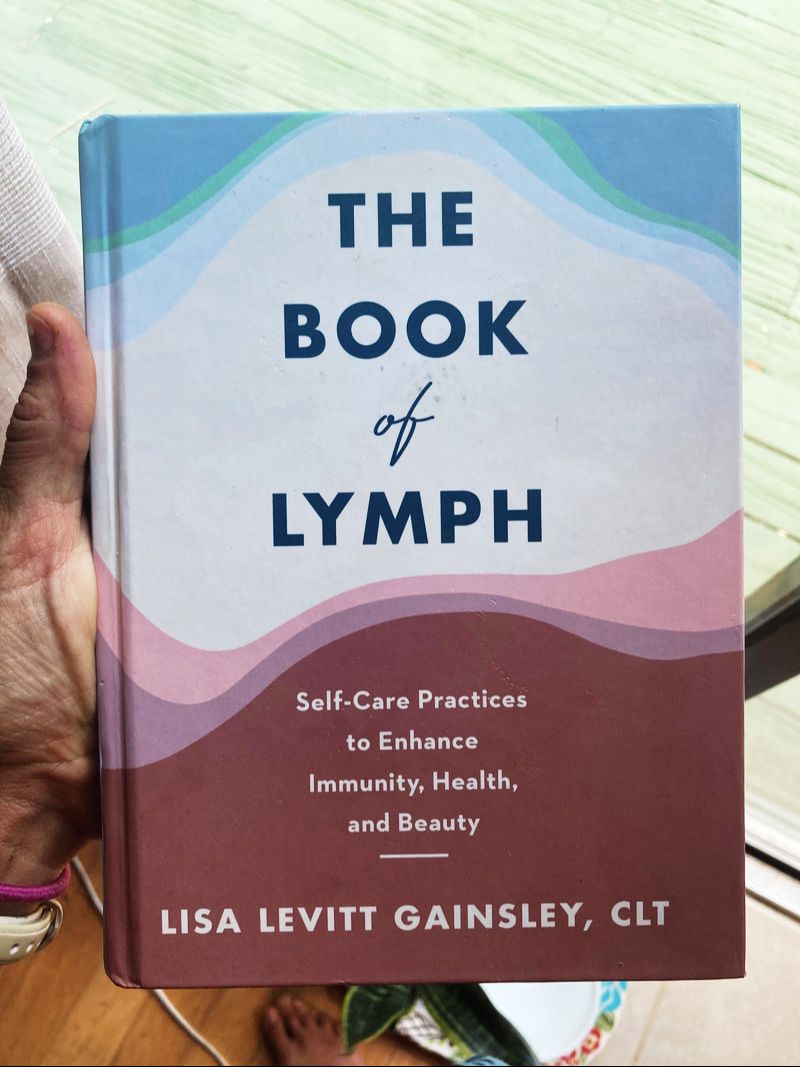
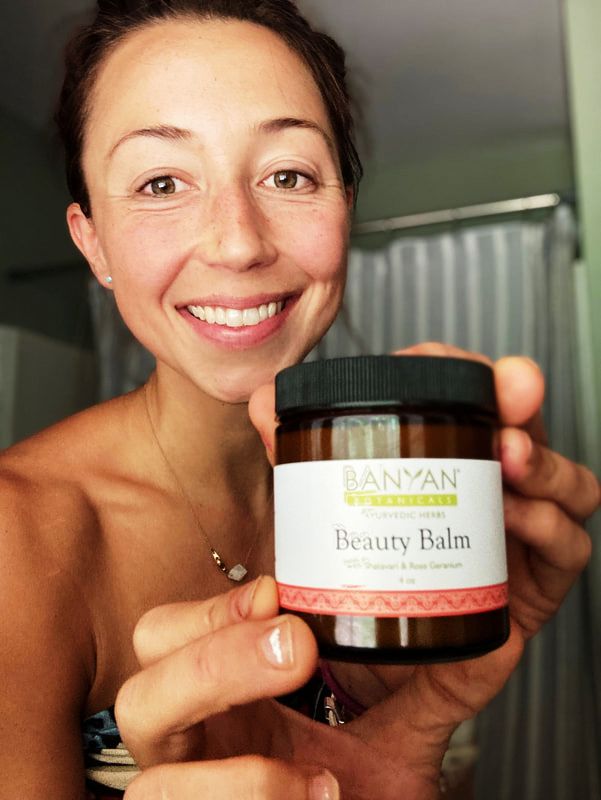
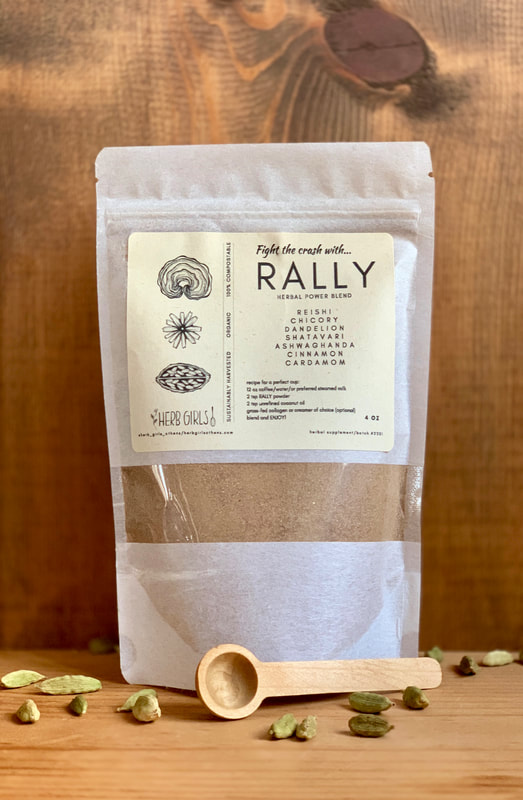
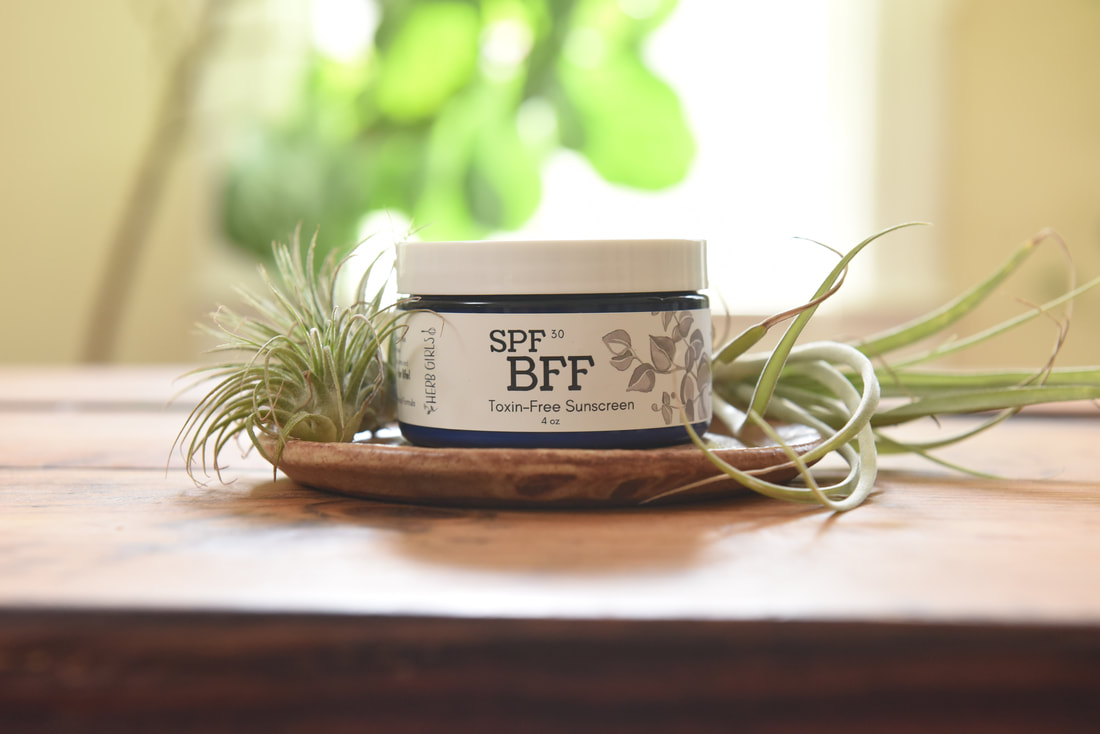

 RSS Feed
RSS Feed
